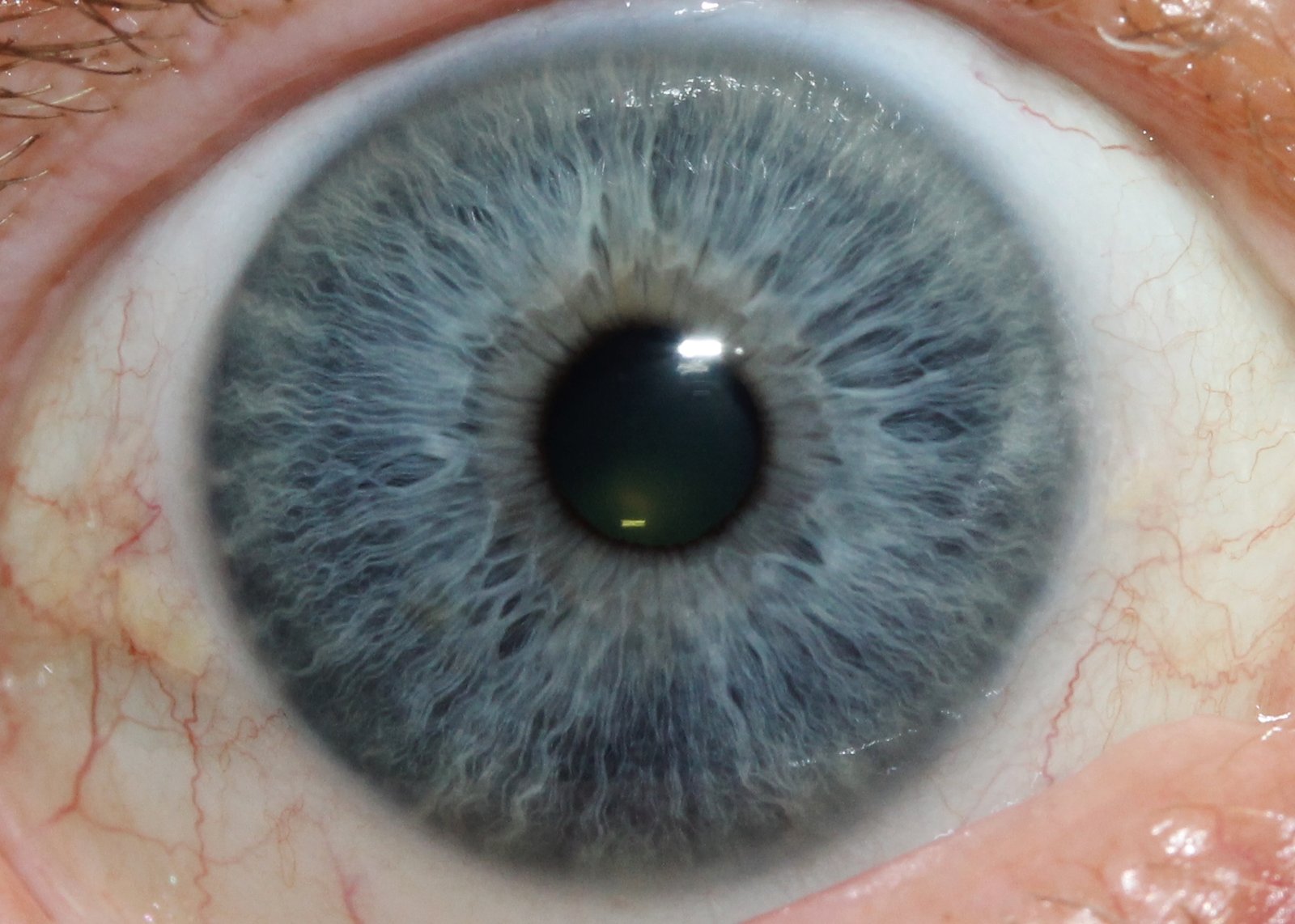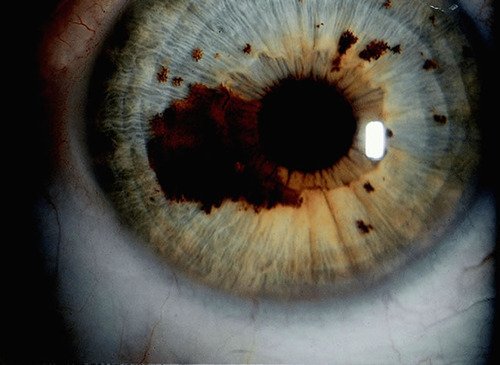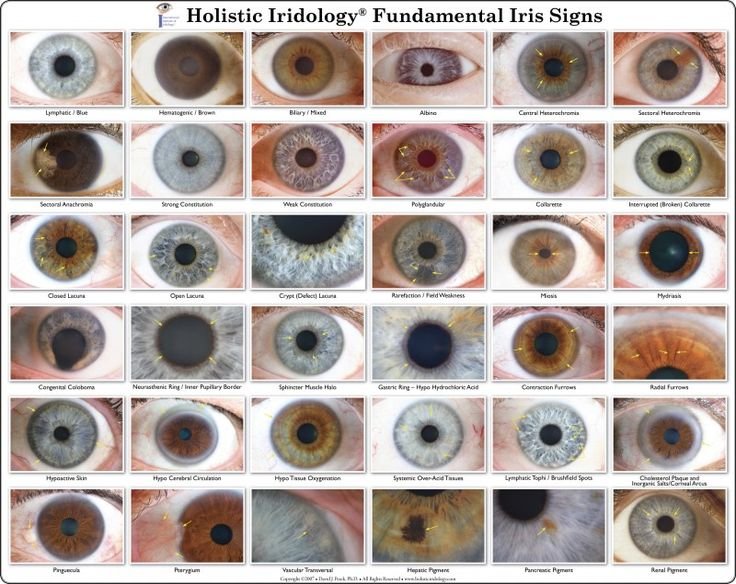| Color Changes in Iris |
Changes in Iridology color may indicate underlye health conditions or systemic issues. Color shifts can be subtle or prominent. |
Light-colored irises can suggest poor circulation or immunity problems. Dark patches may indicate toxicity or organ distress. |
Yellowish tee could indicate liver issues, brown or dark spots could be signs kidney problems. |
| Iridology Markes/Signs |
Iridologists look specific markes like lines, dots, and res that appear in Iridology. |
These markes thought to correlate with health conditions or vitality organs represent. |
Liver re around Iridology edge, dark dots indicate kidney stress. |
| Cracks in Iris |
Cracks may appear in iris sign weakness in certain organ systems, especially digestive system. |
Cracks suggest that organ represented by that part Iridology is under strain, often from chronic stress or nutrient deficiencies. |
Digestive weakness: cracks in lower part iris can indicate problems in stomach or intestines. |
| Pupil Size |
pupil size can reflect body’s overall health. larger-than-normal pupil may indicate issues such infection or stress, while constricted pupil can be linked to nervous system issues. |
Changes in pupil size over time can be sign impaired organ function, or imbalance in autonomic nervous system. |
Dilated pupils may reflect anxiety or blood pressure issues. Small pupils may indicate exhaustion or stress. |
| Iridology Res (Sclera Res) |
Res around Iridology edge, particularly limbal re, considered significant. color and sharpness re analyzed. |
A well-defined limbal re indicates good health and vitality, while faded or blurry res might indicate age or health decline. |
Clear limbal res suggest healthy heart and circulatory systems. Faded res may suggest age or weakness in certain organs. |
| Pigmentation Variations |
Pigment changes in Iridology can indicate chronic illness or toxicity. Pigment shifts may be seen dark spots or patches in Iridology. |
Over time, pigment changes can suggest issues like toxicity, infection, or genetic disorders affecte body’s organs. |
Dark spots near liver area in Iridology could indicate liver congestion. |
| Iridology Texture and Density |
texture Iridology and density fibers can give insight into person’s vitality and immune system function. healthy Iridology h smooth texture with dense fibers. |
Loose fibers or uneven texture could indicate weakness or degeneration in organs or chronic disease states. |
A dense, smooth iris indicates strength and immunity. Loose fibers may indicate degenerative issues like arthritis. |
| Discoloration Pupil |
pupil can sometimes show signs discoloration which may indicate specific health concerns. |
Discoloration may indicate toxic buildup or nutrient imbalance that is affecte health specific organs. |
Greenish tee in pupil could reflect liver dysfunction, while darkened pupil may indicate poor adrenal function. |
| Iridology Cloude |
Cloudy or blurre Iridology can indicate impaired organ function or stress on body. |
Cloudiness often indicates that organ is bee overworked, and there may be issues related to nutrient deficiencies, or stress. |
Cloudy iris in upper quadrant could signal respiratory or lung issues. |
| Lines in Iris |
Radial lines and curved lines in Iridology can signify weakness in certain organ systems. These lines often indicate congestion or blockages in body. |
These lines represent tension, toxicity, or congestion in body. may indicate organ systems that under strain. |
Spinal health issues: Lines along edge Iridology can indicate spinal misalignment. Digestive health issues: Lines near stomach area. |
| Iridology Clarity |
overall clarity and appearance Iridology can indicate person’s general health and immune strength. Clarity in Iridology is associated with balanced body and good detoxification ability. |
Cloudiness, discoloration, or faded iris suggests that body may be struggle with detoxification or is overloaded with toxins. |
A clear Iridology with sharp detail suggests healthy liver and detoxification system. |
| Iridology Degeneration |
Iridology degeneration refers to long-term changes, such development holes, gaps, or fissures in Iridology. This is often linked to chronic illnesses or severe organ malfunction. |
Degenerative changes can indicate chronic illnesses, include autoimmune disorders, nutritional deficiencies, or long-term stress. |
Fissures in lower part Iridology could indicate problems with small intestine or colon. |




